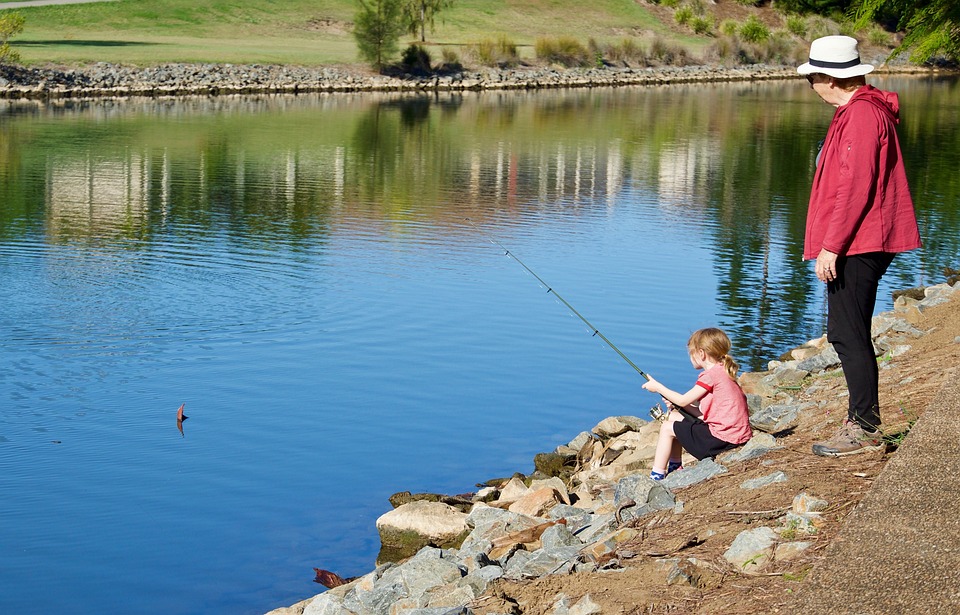Creating a thriving aquarium is not only about providing a visually appealing environment for your fish but also ensuring their comfort and overall well-being. Understanding fish behavior and how to encourage their natural response to tank water conditions is key to maintaining a healthy and vibrant underwater ecosystem. In this article, we will delve into the fascinating world of fish behavior, exploring ways to optimize their response to tank water conditions through proper care, environmental enrichment, and essential considerations.
Fish behavior is influenced by various factors, and water conditions play a crucial role in shaping their responses. The pH levels, ammonia and nitrate levels, and water hardness all have an impact on fish behavior. Maintaining appropriate pH levels, monitoring ammonia and nitrate levels, and ensuring proper water hardness are essential for creating a suitable environment for your fish.
Temperature and lighting are also important considerations when it comes to encouraging natural fish response. Providing a suitable temperature range for your fish species and adjusting lighting intensity and photoperiod to simulate natural day-night cycles can significantly impact their behavior. Fish are influenced by these environmental cues, and replicating natural conditions can help them feel more comfortable and behave more naturally.
Filtration and circulation are crucial for maintaining optimal water conditions in your aquarium. Choosing the right filtration system, maintaining adequate water flow, and promoting oxygenation are essential for creating a healthy and clean environment for your fish. Proper filtration ensures the removal of toxins and waste, while adequate water flow and oxygenation promote a healthy ecosystem.
Environmental enrichment is another key aspect of encouraging natural fish response. By mimicking their natural habitat, you can create a more stimulating and engaging environment for your fish. Incorporating natural decorations, simulating aquatic plants and substrates, and creating hiding spots and territories all contribute to a more enriching habitat.
Introducing stimulating elements such as bubble walls, airstones, and water currents can also enhance fish behavior. These elements provide visual interest, simulate natural water movement, and encourage fish to explore and interact with their environment.
Feeding and nutrition are vital for the overall well-being and behavior of fish. Offering a balanced diet that meets their nutritional requirements, providing varied food sources, and avoiding overfeeding are essential. Additionally, incorporating foraging opportunities through the use of food dispensing toys, live or frozen foods, and feeding time variability can stimulate natural feeding behaviors and keep your fish mentally and physically engaged.
To ensure that your fish are responding positively to the tank water conditions, observe their behavior closely. Signs of positive response include active swimming, exploring the environment, and engaging in natural behaviors such as schooling or territorial displays.
Certain water conditions, such as appropriate temperature ranges and specific pH levels, can promote breeding behavior in fish. Research the specific requirements for your fish species to create the ideal conditions for breeding.
Artificial plants can be used instead of live ones for environmental enrichment, as long as they provide suitable hiding spots and visual interest. However, live plants offer additional benefits such as oxygenation and natural filtration.
A lack of hiding spots can negatively affect fish behavior, as they need places to retreat and establish territories. Providing adequate hiding spots is important to reduce stress and promote natural behaviors.
Signs of stress or discomfort in fish include erratic swimming, loss of appetite, color changes, and fin clamping. If you notice any of these signs, it is important to assess and address the underlying cause to ensure the well-being of your fish.
By understanding and catering to the natural instincts and responses of fish, aquarium enthusiasts can create an optimal environment that promotes their well-being. By maintaining proper water quality, facilitating natural behaviors through environmental enrichment, and ensuring a balanced diet, you can encourage your fish to thrive and showcase their full range of behaviors in your aquarium. Remember, a harmonious habitat leads to healthier, happier fish.









